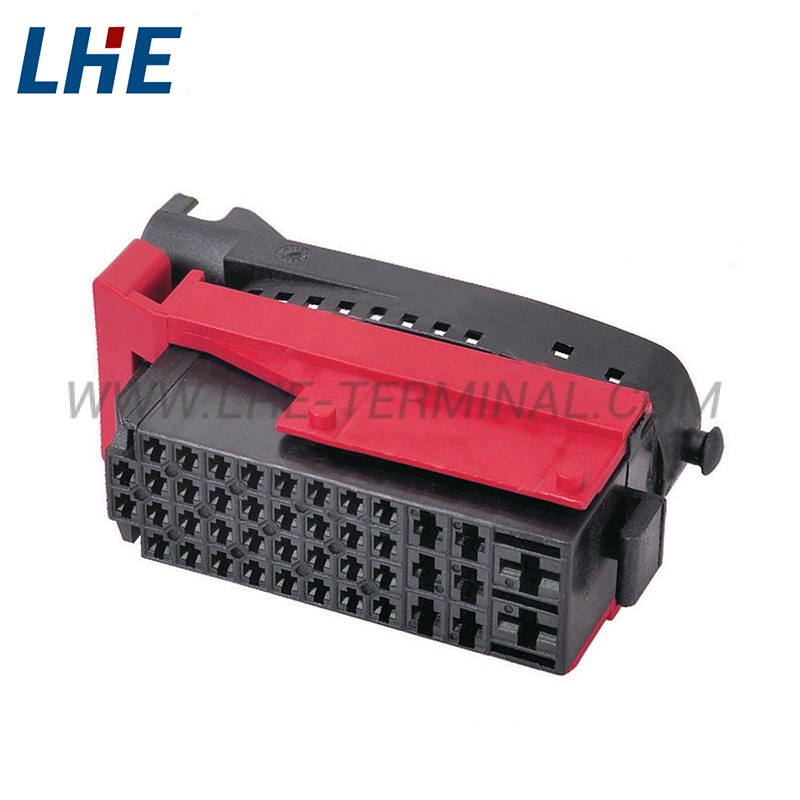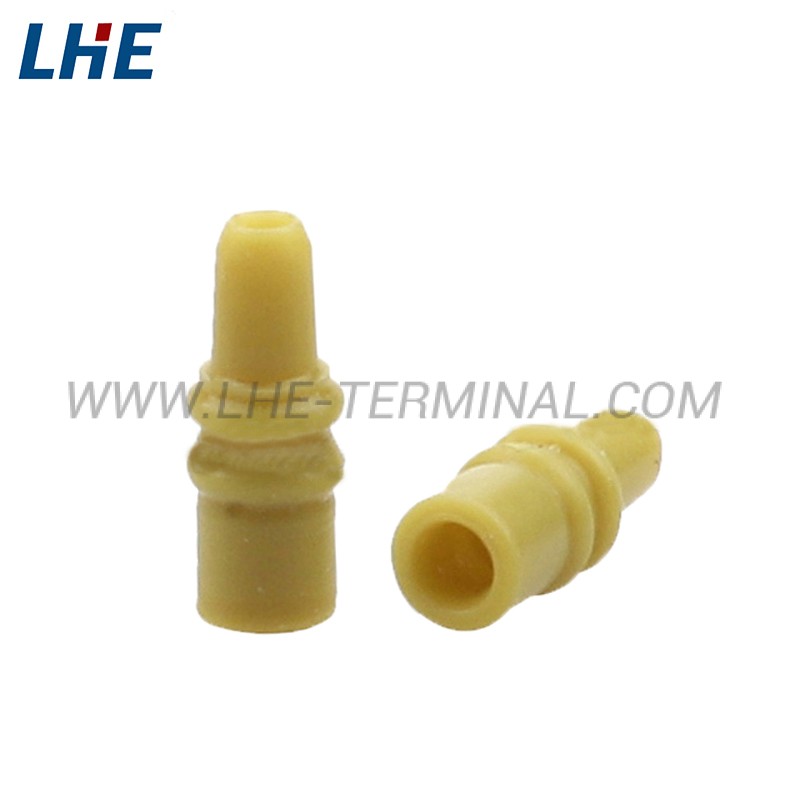The bus bars are available in copper and aluminum. The main differences to consider when selecting materials are:
Tensile strength, current carrying capacity, resistance, weight, cost
Aluminum bus bars are less expensive and work well in high humidity conditions. But aluminum has lower current capability and resistivity than copper. Copper has superior thermal characteristics to aluminum.
Busbar manufacturers can review the minimum requirements for busbars for EV/HEV or other power distribution applications, detailing cost and material selection versus performance trade-offs. Of course, for EV/HEV power distribution applications, driver safety is an additional concern, and the busbar material should be selected to achieve the highest reliability possible, not only to meet vehicle warranty requirements, but also for driver and passenger safety.
Calculating the conductor size is especially important for the electrical and mechanical performance of the busbar. Current carrying requirements dictate the minimum width and thickness of the conductor. Mechanical considerations include rigidity, mounting holes, connections, and other subsystem elements. The width of the conductor should be at least three times the thickness of the conductor. Adding tabs and mounting holes changes the cross-sectional area of the conductors, creating potential hot spots on the bus bars. The maximum current per slice or termination must be considered to avoid hot spots.

















